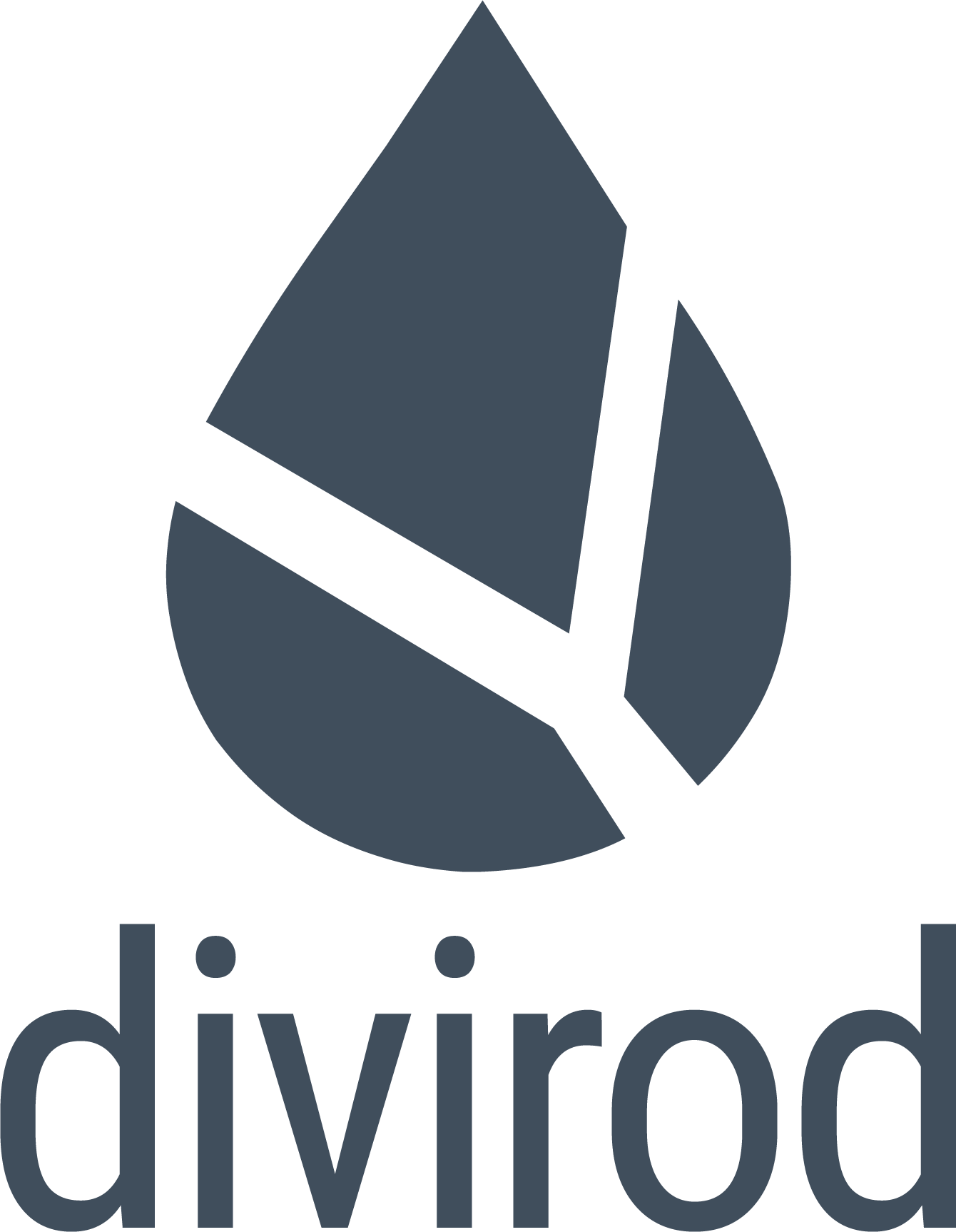Recognize natural disasters earlier with water data
Due to the climate crisis, extreme weather conditions are also increasing in Germany. The Internet of Things could play a crucial role in the control of water and level levels in the future. A digital solution from Telekom and the start-up Divirod continuously collects water data on coasts, lakes, rivers and on roofs – and is intended to provide more security in risk areas.
Desolate streets, collapsed bridges, destroyed houses, dozens of deaths: the traces of the flood disaster in Germany in mid-July 2021 are still omnipresent months later. In the particularly affected areas in North Rhine-Westphalia and Rhineland-Palatinate, many people are facing the rubble of their existence. The extreme storms caused record damage of more than 29 billion euros, as the newspapers of the Funke media group reported in November, citing government information. The dramatic consequences raise the question: How can rivers and reservoirs in Germany be better monitored in order to be able to react more quickly to extreme weather conditions?
Risk areas rely on sensors for prevention
Other risk areas on earth, which are regularly affected by extreme weather events, have been using digital solutions for several years. In the US state of Florida, where the hurricane season officially lasts from June to the end of November, sensors, for example, collect water data to prevent storms. In the same way, the northern Italian lagoon city of Venice receives warnings of flooding. At other locations in the USA and Europe, data from drinking water storage facilities and reservoirs are recorded digitally.
Divirod sensors are now also to be used in this country: Deutsche Telekom has included the digital solutions of the US start-up in its portfolio for municipalities and companies. The sensors measure water levels in reservoirs or rivers fully automatically and monitor coasts or amounts of snow on roofs. „ As we saw very dramatically in Germany this year, water disasters can affect us all “, says Dennis Nikles, Managing Director of Deutsche Telekom IoTGmbH. „ With the digital solution from Divirod and Telekom, water levels can be tracked and this is continuously, precisely and completely automated. “ The long-term effects of climate change can be made visible on the basis of the data obtained. „ The technology helps to think and act with foresight in order to avoid disasters at best or to alleviate the consequences “, says Nikles.
Studies: Less victims due to early warnings
Heavy rain events such as in NRW and Rhineland-Palatinate as well as forest fires or droughts are forecast to increase in the future. One Organization study „ Save the Children “ comes to the conclusion, for example, that children born today will be exposed to far more extreme weather conditions than a person born in 1960 due to the climate crisis. Accordingly, they could experience an average of twice as many forest fires, three times as many floods and crop failures, and seven times as many heat waves. It is a scenario in which countries maintain their current greenhouse gas reduction strategies. Achieving the 1.5-degree goal could make a big difference, said the international team of scientists.
The World Weather Organization (WMO) reported in September 2021 that the number of weather or climate-related natural disasters has increased significantly since 1970. Between 2000 and 2009 there were five times as many storms, floods, droughts and extreme heat events as they were then. Accordingly, an average of 711 weather disasters occurred worldwide in the 1970s, from 2000 to 2009 this number rose to 3,536 annually. The WMO report also shows that fewer people die from environmental disasters today than in the 1970s and 1980s. At that time, around 170 people died worldwide per day, and since 2010 this number has dropped to around 40 per day. Background: The disasters require fewer victims because people can be warned of impending storms at an early stage.
Water data: key to quick reactions
The Internet of Things ( IoT ) could further increase security in vulnerable areas. The sensors from Divirod are equipped with SIM cards from Telekom. In this way, the data can be transmitted to the Divirod cloud via the worldwide telecom network ( LTE-M ). Municipalities or companies receive local, individual water data, which they pay annually and according to consumption. There are no investment costs. The LTE-M mobile radio technology is specially designed for connectivity for IoT applications. It is characterized by low latency, low energy consumption and high availability indoors.
Conventional methods for measuring water levels are sometimes too imprecise, maintenance and cost intensive, and susceptible to environmental influences. „ Existing models lack sufficient water data for an accurate risk forecast “, says Javier Marti, founder and managing director of Divirod. „ We are working on building up the most complete database of water data possible. Our satellite-based sensors provide the most accurate data in real time. With the comparability and level of detail of the values, current situation pictures can be created at any time. “ Water data is the key to quick reactions, medium-term decisions and long-term planning.
Companies can also benefit from data acquisition via sensors. With the help of „ Divirod RoofWatch “, roofs of commercial real estate or large warehouses can be constantly monitored –, thus minimizing the risk of collapse and increasing building security. If there is too much water, snow or ice on the roof, the sensors immediately sound the alarm. The technology also detects traffic jams in drains at an early stage. Damage inside and outside of plants can be avoided in this way and operational risks reduced.
The digital solution can also be used to monitor coastal areas. For this purpose, data on tidal waves, strong wave activities and possible coastal erosion are recorded. For example, sensors on the coast calculate when a flood hits the country. With the data, property owners and companies can implement measures to protect assets, prove them and prove them to insurance companies, financial companies and municipalities.


